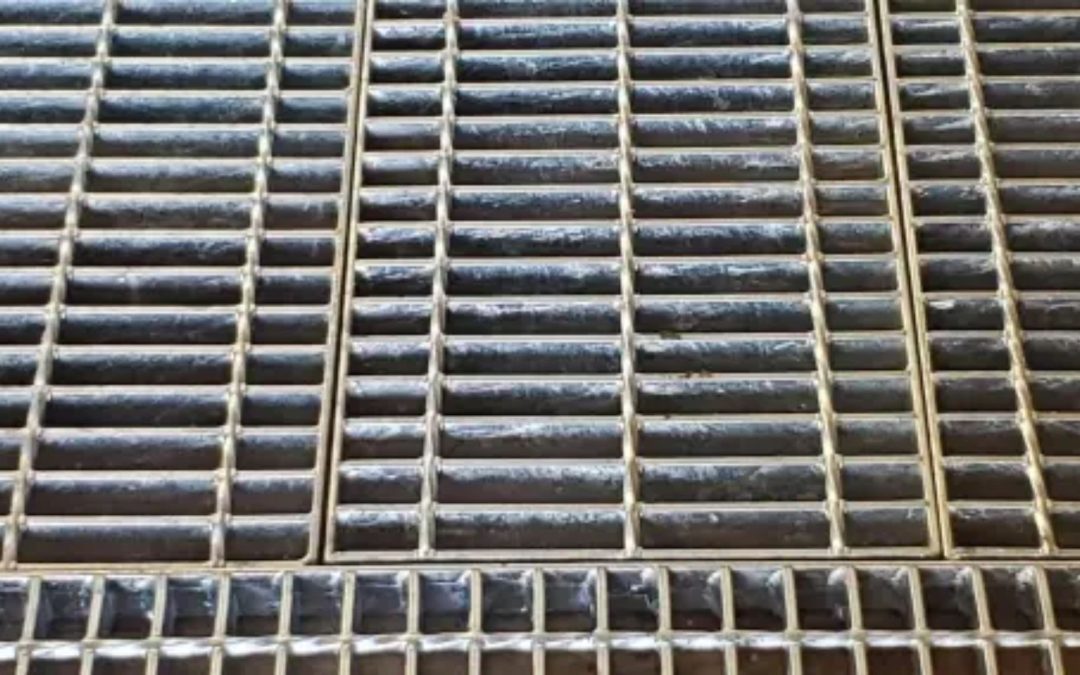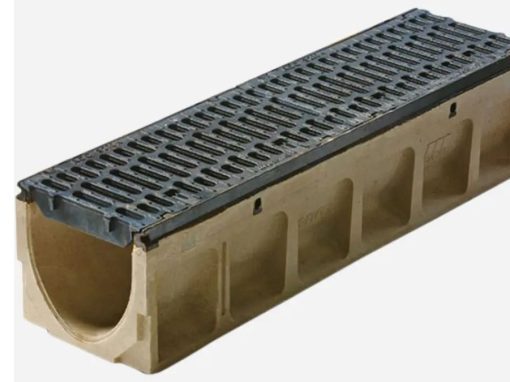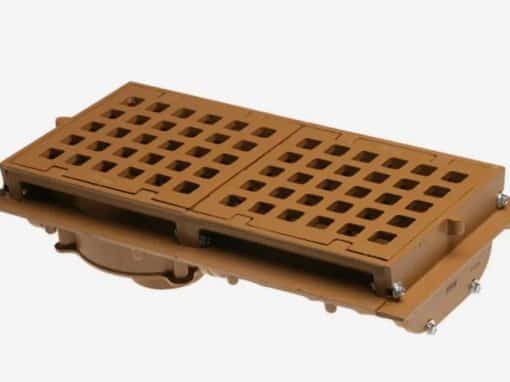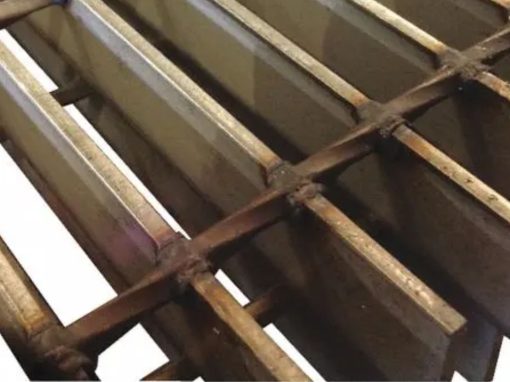When it comes to choosing the right drainage grates, you have a lot of options to choose from. However, drainage grates are essential for reducing water contamination and promoting healthy water flow.
That being said, here are the following things you should keep in mind when it comes to choosing the right drainage grate, from a trench grate drain to pool drains and more.
1. Worst-Case Protection
Number one, analyze the worst-case scenario. You should plan for bad weather. While some areas may have better weather than others, there can always be extreme natural disasters.
Furthermore, some areas have consistent natural opponents like tornadoes, heavy rainfall, and large winds. Make sure that your drainage grate can withstand the worst that nature has to offer.
2. Grates That Maintain Position
Once you install the drainage grate, it should be able to sit in its place without disrupting traffic flow via cars or pedestrians. That also ensures that it drains properly without needing constant maintenance and reinstallation. Choosing the right drainage grates has a lot to do with durability.
3. Regulatory Compliance
Drainage grates need to comply with certain regulations in your local area. This is to prevent hazards from surrounding people and vehicles as well as let certain debris flow through while limiting other debris from getting through the drainage grate.
4. Weight Class
Most drain grates are designed for pathways or roads. This means that it must be able to bear a certain amount of weight. Many standards that manufacturers use fall within the EN124 or EN1433 classifications.
These grates can then be applied to channel drain covers or manhole covers, or areas in which pedestrians and vehicles frequent.
The grates are labeled by the amount of weight that they can bear. So, for instance, the EN1433, which is common in the US, represents the maximum amount of weight in pounds per foot that it can withstand.
5. Proper Sizing
There are some standard sizes, but each drainage width is not the same. In addition, some manufacturers specialize in different sizes. It’s important that you ensure your drain rate fits with the area that you’re going to install it in.
Ask your manufacturer for custom sizes to ensure maximum safety and effectiveness.
6. Compliance with ADA
The Americans with Disabilities Act, known as ADA, is a government standard that ensures that grates in public do not interfere with the wheels of a wheelchair or other devices that disabled people may use to move around. It can get complicated when analyzing your grate for ADA compliance, so ask an expert to size it correctly for you.
7. Aesthetics
While the most important aspect of a drain grate is the way that it properly drains water during any conditions while limiting danger to those around it, there’s also the aesthetic aspect to consider.
When you choose the right provider, you can get a grate with various patterns that will fit with the surrounding design and essentially blend into the background as another part of the area’s architecture.
Getting Help for the Right Type of Grate
Follow the tips for choosing the right drainage grates above closely. Having the wrong weight class, right hole design and proper aesthetics is important for ensuring that the grate contributes to the overall well-being and satisfaction of the community it’s placed in.
So make sure to consult with experts to get trench drain systems that serve all of these needs at a reasonable price point.




